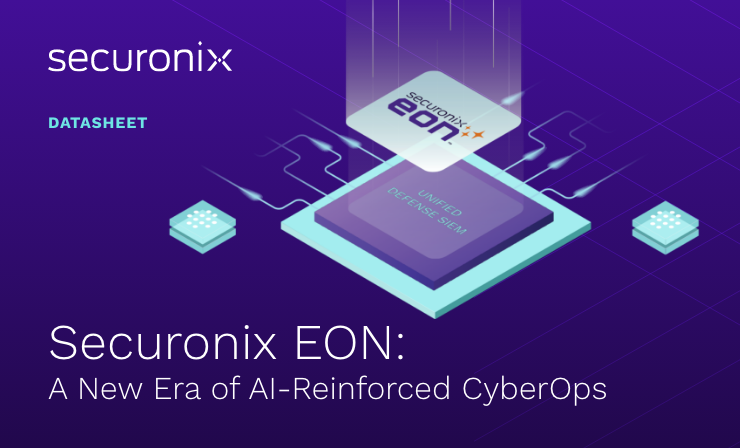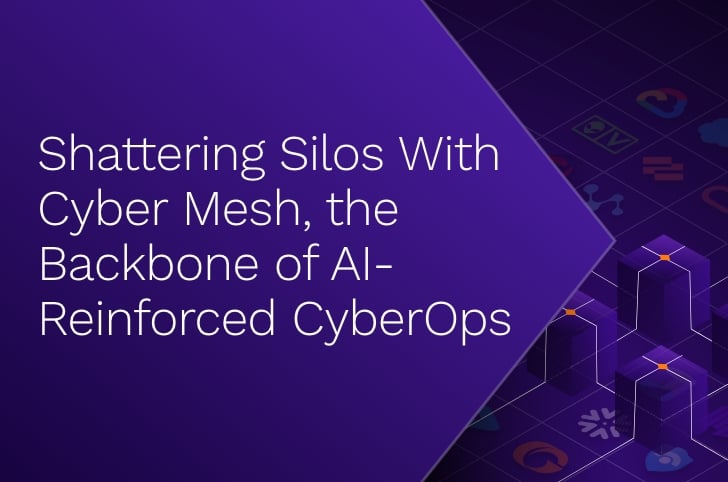- Why Securonix?
- Products
-
- Overview
- 'Bring Your Own' Deployment Models
-
- Products
-
- Solutions
-
- Monitoring the Cloud
- Cloud Security Monitoring
- Gain visibility to detect and respond to cloud threats.
- Amazon Web Services
- Achieve faster response to threats across AWS.
- Google Cloud Platform
- Improve detection and response across GCP.
- Microsoft Azure
- Expand security monitoring across Azure services.
- Microsoft 365
- Benefit from detection and response on Office 365.
-
- Featured Use Case
- Insider Threat
- Monitor and mitigate malicious and negligent users.
- NDR
- Analyze network events to detect and respond to advanced threats.
- EMR Monitoring
- Increase patient data privacy and prevent data snooping.
- MITRE ATT&CK
- Align alerts and analytics to the MITRE ATT&CK framework.
-
- Industries
- Financial Services
- Healthcare
-
- Resources
- Partners
- Company
- Blog
SIEM
In the chilling third installment of Tales from the SOC, we delve into the sinister world of nation-state cyberattacks. Like a dark force creeping in the shadows, nation-state hackers have targeted governments, corporations, and critical infrastructure with terrifying precision. This is the story of an Advanced Persistent Threat (APT) attack from North Korea—an intrusion so sophisticated it could only be orchestrated by a powerful adversary lurking behind the scenes.
If you thought external threats were scary, brace yourself for The Nation-State Nightmare.
The Prelude to Chaos
Our story centers around the infamous Sony Pictures hack in 2014, a breach that sent shockwaves through Hollywood and beyond. Sony Pictures, responsible for blockbuster movies and iconic entertainment franchises, found itself in the crosshairs of APT38, a North Korean hacker group. The attack was retaliation for the release of a controversial film, The Interview, a comedy that depicted an assassination attempt on North Korea’s leader.
Much like the APTs that silently stalk their victims for months, waiting for the perfect moment to strike, the attackers infiltrated Sony’s network, lurking undetected. For nearly a year, these malicious actors maneuvered within the company’s systems, gaining control of vast amounts of data, and laying the groundwork for their devastating strike. Sony’s cybersecurity team was unaware that their digital fortress had already been breached and compromised, like the slumbering victims of a classic horror film, oblivious to the lurking nightmare.
The Attack Unfolds
In late November 2014, Sony’s employees were greeted with a nightmarish message: their internal systems had been completely compromised. What began as another typical workday quickly transformed into chaos. The attackers not only stole vast quantities of proprietary data—including unreleased films, confidential emails, and sensitive employee information—but they also wiped clean much of the company’s IT infrastructure, corrupting files beyond recovery.
As this malicious operation unfolded, the attackers left behind a digital ransom note, demanding Sony pull The Interview from theaters. The note was accompanied by threats of violence and further cyber destruction if their demands were not met. It was a terrifying ultimatum, reminiscent of a horror villain tormenting their victims. The attackers had already shown they were capable of unleashing tremendous damage, and now they held Sony hostage with the fear of what was yet to come.
What made this attack even more terrifying was the precise and targeted nature of the operation. The North Korean attackers didn’t just aim to steal—they aimed to destroy. They publicly released Sony’s internal documents, emails, and films, causing massive reputational and financial damage. It was a digital ambush, one meant to send a chilling message: no one is safe, not even a major multinational corporation like Sony.
Lessons Learned from the Nightmare
The Sony Pictures hack serves as a haunting reminder of the power of nation-state adversaries. These APTs are highly motivated, well-resourced, and patient. Their attacks are not mere random acts of cybercrime, but calculated operations with long-term goals. Here are a few critical lessons to help prevent such a nightmare from becoming your reality:
- Proactive Threat Hunting: APTs can remain undetected for months, like a lurking horror waiting for its moment. Proactively hunt for threats on your network to uncover malicious actors before they can strike.
- Layered Defense Systems: Organizations need to employ multi-layered defenses. This includes network segmentation, privileged access control, and robust firewalls to minimize the reach of attackers.
- Incident Response Readiness: APTs are relentless. When an attack occurs, being prepared with a comprehensive incident response plan can mean the difference between containment and catastrophe.
- Employee Training: APTs often enter through spear-phishing or social engineering. Like avoiding traps in a horror movie, employees must be trained to spot the bait and avoid it.
The Aftermath
In the aftermath of the Sony breach, the company spent months rebuilding its network and the breach also had far-reaching geopolitical implications. The United States government formally accused North Korea of orchestrating the attack, and tensions between the two nations escalated. It was one of the first times a nation-state actor had been publicly named in connection with a major cyberattack on a private company, signaling a new era of global cyber warfare.
Governments around the world began to take the threat of nation-state actors more seriously, leading to new defensive strategies and partnerships between public and private entities. Regulatory bodies called for stronger cybersecurity measures, particularly for organizations with high-profile or sensitive data.
Much like the threat of APTs, this haunting reminder stays with us: you never know what powerful, unseen force might be lurking, watching, and waiting to strike. The question is, are you prepared for when they do?






